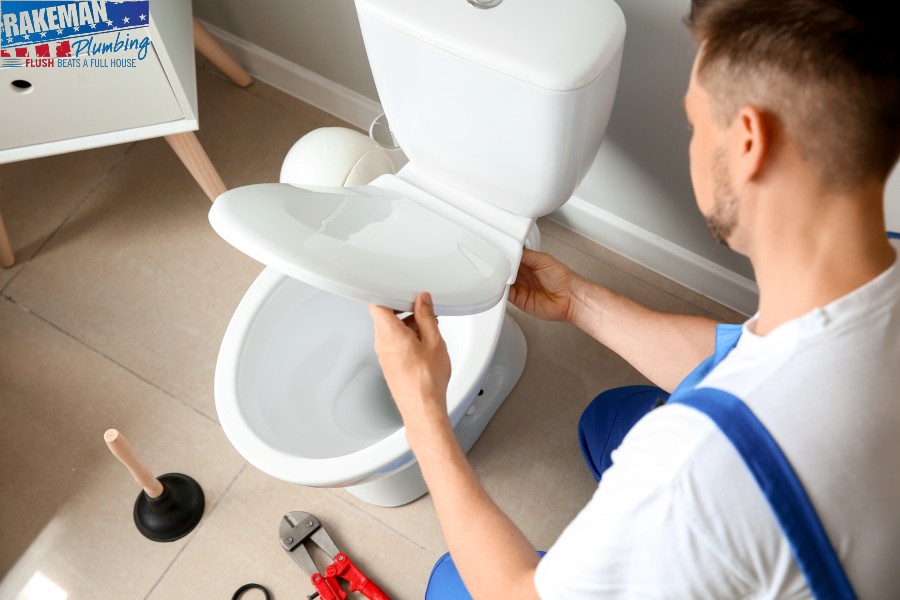The most common tool for clearing a toilet clog is the plunger. The plunger operates based on the principles of fluid dynamics and pressure differentials. When you push the plunger down, you increase the pressure in the toilet bowl. This increased pressure forces water and air down the drain, pushing against the clog. When you pull the plunger up, you create a vacuum, reducing the pressure and potentially pulling the clog upwards, loosening it. Repeatedly plunging creates a back-and-forth motion that can dislodge the blockage by creating alternating high and discover techniques for unclogging a toilet.
Toilet Augers:
Another mechanical tool is the toilet auger, how to unclog a toilet. This tool is a flexible, coiled wire that can be extended down the toilet drain. The auger works on the principle of mechanical force. By rotating the handle, you drive the tip of the auger into the clog. The coiled wire allows it to bend around curves in the pipes, and the rotating motion helps to break apart or hook onto the clog, allowing it to be pulled out or pushed through the drain.
Chemical Methods
Chemical Drain Cleaners:
Chemical drain cleaners are substances designed to break down clogs chemically. They often contain strong acids, bases, or oxidizing agents. The science behind these cleaners involves chemical reactions that break down the organic material causing the clog. For instance:
Acidic Cleaners: These often contain sulfuric acid or hydrochloric acid. These acids react with the clog, particularly if it is organic material like hair or soap scum, breaking it down into smaller, water-soluble components.

Alkaline Cleaners: These may contain sodium hydroxide (lye) or potassium hydroxide. Alkaline substances can saponify fats and grease, turning them into soap and glycerol, which are more easily washed away. They can also break down proteins and other organic materials.
Oxidizing Agents: Cleaners with sodium hypochlorite (bleach) or peroxides work by breaking down clogs through oxidation, which effectively disintegrates organic matter.
Biological Methods
Enzyme-Based Cleaners:
These cleaners use natural enzymes and bacteria to break down organic material in clogs. The enzymes catalyze the breakdown of proteins, fats, and carbohydrates into simpler, soluble substances. Unlike harsh chemicals, enzyme-based cleaners are generally safer for pipes and the environment. The bacteria then digest the decomposed material, effectively reducing the clog over time.
Fluid Dynamics and Pressure
The overall process of clearing a toilet clog heavily relies on understanding fluid dynamics. The movement of water and the manipulation of pressure play crucial roles. Water is a non-compressible fluid, meaning its volume does not significantly decrease under pressure. This characteristic is essential when using tools like plungers and augers, as the force applied translates directly to the clog. Additionally, the principles of hydrostatic pressure and Bernoulli’s principle are at play when water flow and pressure are manipulated to dislodge blockages.








